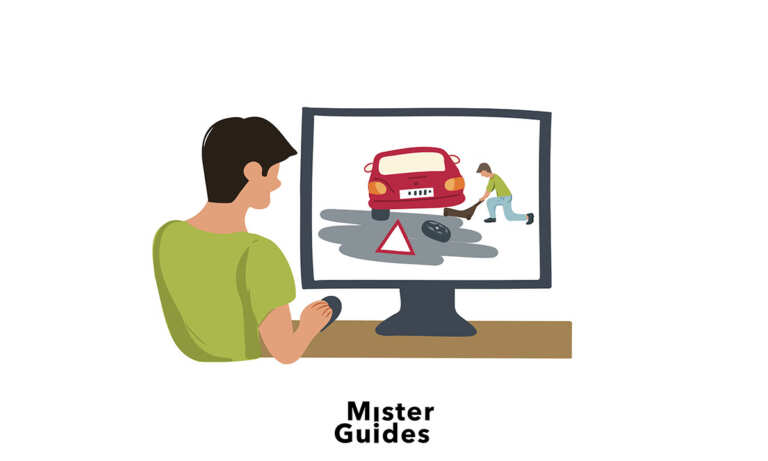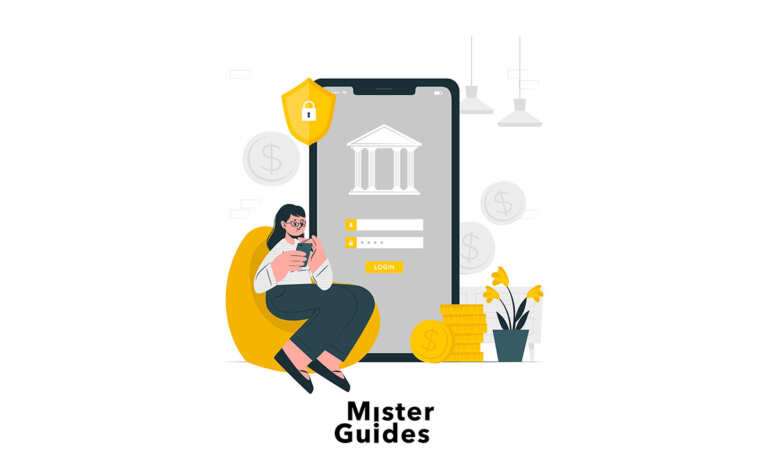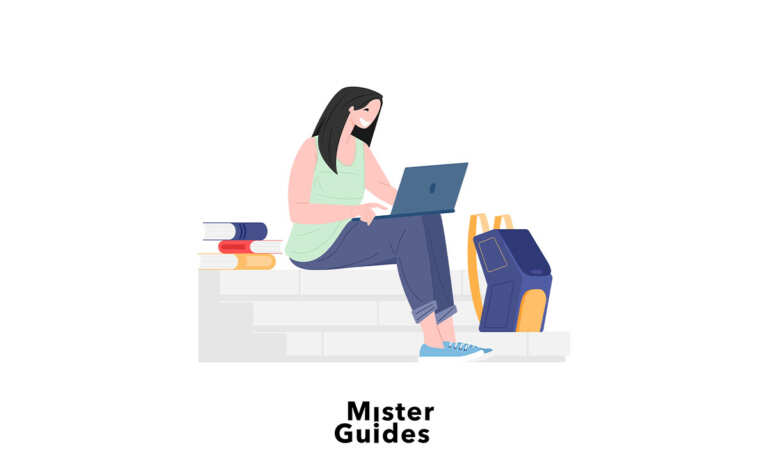Are you studying? Did you know that you might get a student loan in the US? The government or a private organization might pay you all your college fees, or at least part of them.
If the topic calls your attention, keep reading since, in the following lines, we explain all you must know to get and take advantage of this chance.
Student loan
A student loan can be given from the government or from a private corporation to pay for educational costs. Then you will pay them back, of course, with interest.
By familiarizing yourself with the several types of loans and employing prudent lending practices, you can reduce the number of debts related to your studies.
In the long run, earning a college degree has several benefits. There are also critical financial implications, such as how you will repay the money. For some people, it can mean more debt.
How to get a student loan?
Firstly, you complete the FAFSA. That is to say the Free Application for Federal Student Aid to apply for the loan. To be adequate for monetary aid you are analyzed according to data from the FAFSA, which guides states and institutions about student debt.
You ought to provide financial and personal details about yourself and your parents or guardians (when you are a dependent). You must enter data such as:
- Bank statements and investment records.
- W-2 reports, federal income tax returns, and any other income evidence.
- Social Security Number (or Alien Registration Number if you are not a US citizen).
This loan is like any other loan you might get, like a car loan. Except that you’re not expected to start paying off the loan all at once, it’s subtly different from a car loan.
Once the institution determines your eligibility for the loan, financial specialists will advise you on how to accept all or part of it. Before that, you may need to go through entrance counseling to ensure you know the terms of the loans you take.
Potential alternatives for paying for your studies
Your loan installments defer in time until you graduate or stop studying. After that, you would have six months before you would have to start paying a loan servicer.
Besides, you must do a signature in a Master Promissory Note, which describes the terms of the agreement. You must sign this to verify that you are borrowing the funds and intend to repay them when it comes. For your records, you must keep a duplicate.
Student Loan Classes
Although many students rely on federal loans, many other types of loans exist. You must know the distinctions between them.
Term loans
The US Department of Education makes loans right to degree-seeking students. It states that both 4-year colleges and universities and “vocational, professional, or technical” schools are authorized for loans.
Other names for direct loans include Stafford Loans and, Direct Stafford Loans. The two categories of these are:
- Subsidized Direct Loans. If you attend college no less than half-time and for the first semester following graduation. SDL pays the interest on the loan when you are studying. Your university will decide how much you can borrow and approve the loan based on your economic need.
- Unsubsidized Direct Loans. In this case, your college will determine how much you can borrow based on your cost of attendance. Depending on your monetary assistance package and other variables, your economic need is irrelevant for this kind of loan. Interest grows on the loan while you’re still enrolled and adds to the total amount you’ll pay back after graduation.
The main contrast between them is the payment. Subsidized loans are made to students with economic needs. Depending on your year, you can borrow $5,500 to $12,500 in loans.
Know the Direct PLUS Loans
Many people don’t know that parents of students, as well as graduate or master’s students, can receive it. DOE will check your credit to make sure you don’t have an adverse credit history. Your eligibility for a Direct PLUS Loan will not depend on your ability to repay it.
You’ll need to meet additional requests, such as finding a sponsor who will be responsible for loan payments if you can’t. Otherwise, you must show that you have
Should I consolidate my student loans?
Consolidation, in line with the Office of Federal Student Aid, involves grouping several loans from numerous lenders into one and generating a more affordable monthly payment. Consolidation, however, offers both advantages and disadvantages, such as:
- Consolidation could lower your monthly payment by extending the time you have to pay off your debt.
- However, extending the term will result in more frequent and smaller payments, increasing interest charges overall.
Suppose you combine loans that don’t offer income-based repayment alternatives with loans that do. You have the possibility of paying the new consolidated debt according to your monthly income. Nevertheless, you can forego other advantages, such as interest rate savings.
Be careful when borrowing
While it may seem obvious, it’s crucial to ensure you only borrow what you need. Remember this when you apply for a student loan.
- Even if you qualify for a loan that is larger than you need to pay for education, you are not obliged to accept the entire loan offer.
- Requesting a reduction or even cancellation of your economic aid offer is one of your choices.
- If you choose a private loan, keep in mind that they often have higher interest rates. Also, you may need to repay it before receiving your title.
You must research the potential payout you could receive after you graduate to establish how much money borrow. All this information will help you choose wisely to request this loan and take advantage of it to advance in your studies.




